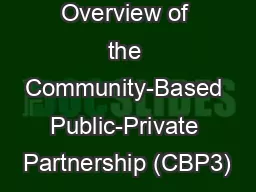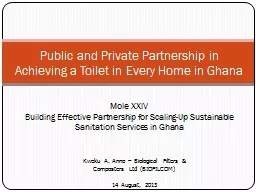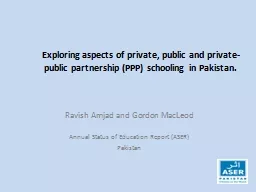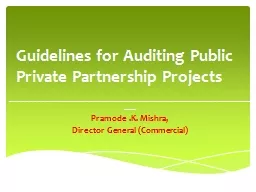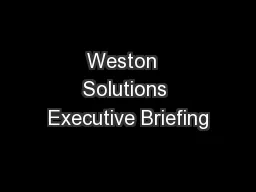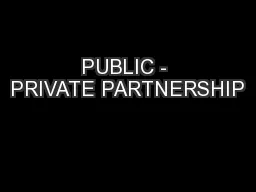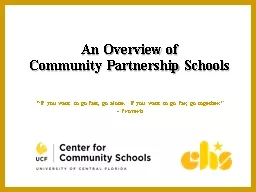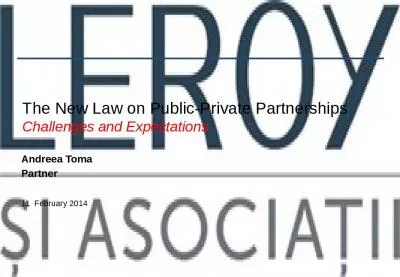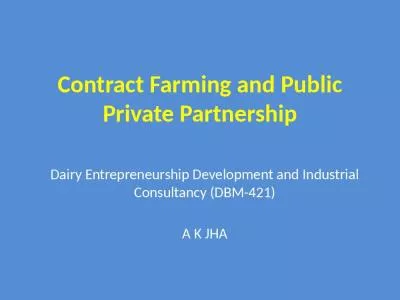PPT-Overview of the Community-Based Public-Private Partnership (CBP3)
Author : test | Published Date : 2018-10-11
Approach for Green Stormwater Infrastructure 1 Adele Cardenas Malott Senior Policy Advisor US EPA Region 6 Lower Rio Grande Valley Water Quality Management
Presentation Embed Code
Download Presentation
Download Presentation The PPT/PDF document "Overview of the Community-Based Public-P..." is the property of its rightful owner. Permission is granted to download and print the materials on this website for personal, non-commercial use only, and to display it on your personal computer provided you do not modify the materials and that you retain all copyright notices contained in the materials. By downloading content from our website, you accept the terms of this agreement.
Overview of the Community-Based Public-Private Partnership (CBP3): Transcript
Download Rules Of Document
"Overview of the Community-Based Public-Private Partnership (CBP3)"The content belongs to its owner. You may download and print it for personal use, without modification, and keep all copyright notices. By downloading, you agree to these terms.
Related Documents

